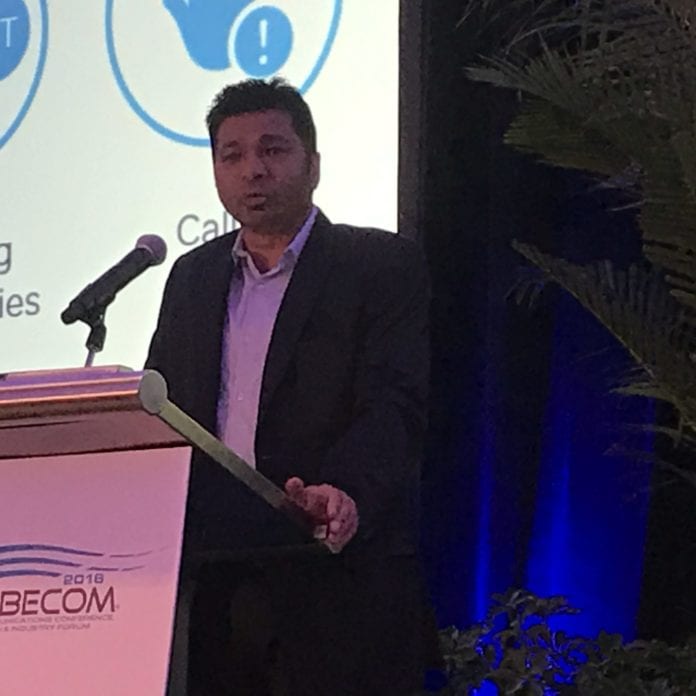SDN, NFV and cloud will further network transformation necessitated by 5G use cases.
WASHINGTON – Emphasizing the key role of communications in global economic development, Sorabh Saxena, SVP of software development and engineering at AT&T, said collaboration and innovation are musts if the telecom industry wants to deliver on the promises of “5G.”
Speaking at the IEEE GlobeCom 2016 event, Saxena challenged his colleagues to work together through open source communities and forums like the Institute of Electrical and Electronics Engineers to “redefine communications networks across the globe.”
Offering up an example, Saxena posited that ridership on Great Britain’s railroad network saw a 17-times increase between 1838 and 1853, which prompted a surge in trade, new businesses, increased competition and other positive economic influences.
Saxena compared that growth to the period of 1995 to 2010.
“The growth in global internet users was 40-times,” Saxena said. “The pace and reach of change is growing beyond our imagination. Economists and political leaders are shifting from asking the question ‘who’s connected?’ to ‘who’s not?’” It impacts everything.”
So what does connectivity mean to the economy? Saxena pointed to companies like Uber and Airbnb, which respectively dominate the taxi and lodging industries, yet own no vehicles or real estate. That paradigm is enabled by connectivity, he said.
Building on the Uber example, Saxena pulled up figures indicating Uber Pool, which involves multiple individuals sharing a vehicle, accounts for 20% of the companies rides, meaning approximately 1.8 billion gallons of fuel were not used last year. “That reduces the human impact of climate change dramatically. We have the potential for unprecedented formula for success in the future.”
Specific to AT&T’s role in this world, Saxena stressed the carrier’s full stack approach to the “internet of things,” ranging from the device, to the network, then onto the management platform and finally the solution.
“Just imagine the unlimited potential,” Saxena said. “Businesses will be enhanced with better logistics and coordination. Health can be monitored in near real time potentially saving people’s lives. Think about full stack integration of north/south as well as east/west – there’s so much opportunity.”
Saxena called out improving IoT devices, particularly sensors, along with security and interoperability as issues that need to be addressed.
Regarding 5G, “Our approach is aggressive yet collaborative,” Saxena said, reiterating the full stack approach. “We again must look at the challenges from the device level all the way up to the application layer.”
Saxena outlined numerous 5G use cases, including massive IoT, enhanced mobile broadband and fixed wireless access, which simply won’t work unless networks designed to reliably support voice calling are radically upgraded.
“The economic gravity of this reality necessitates we transform our approach to building networks,” Saxena added.

